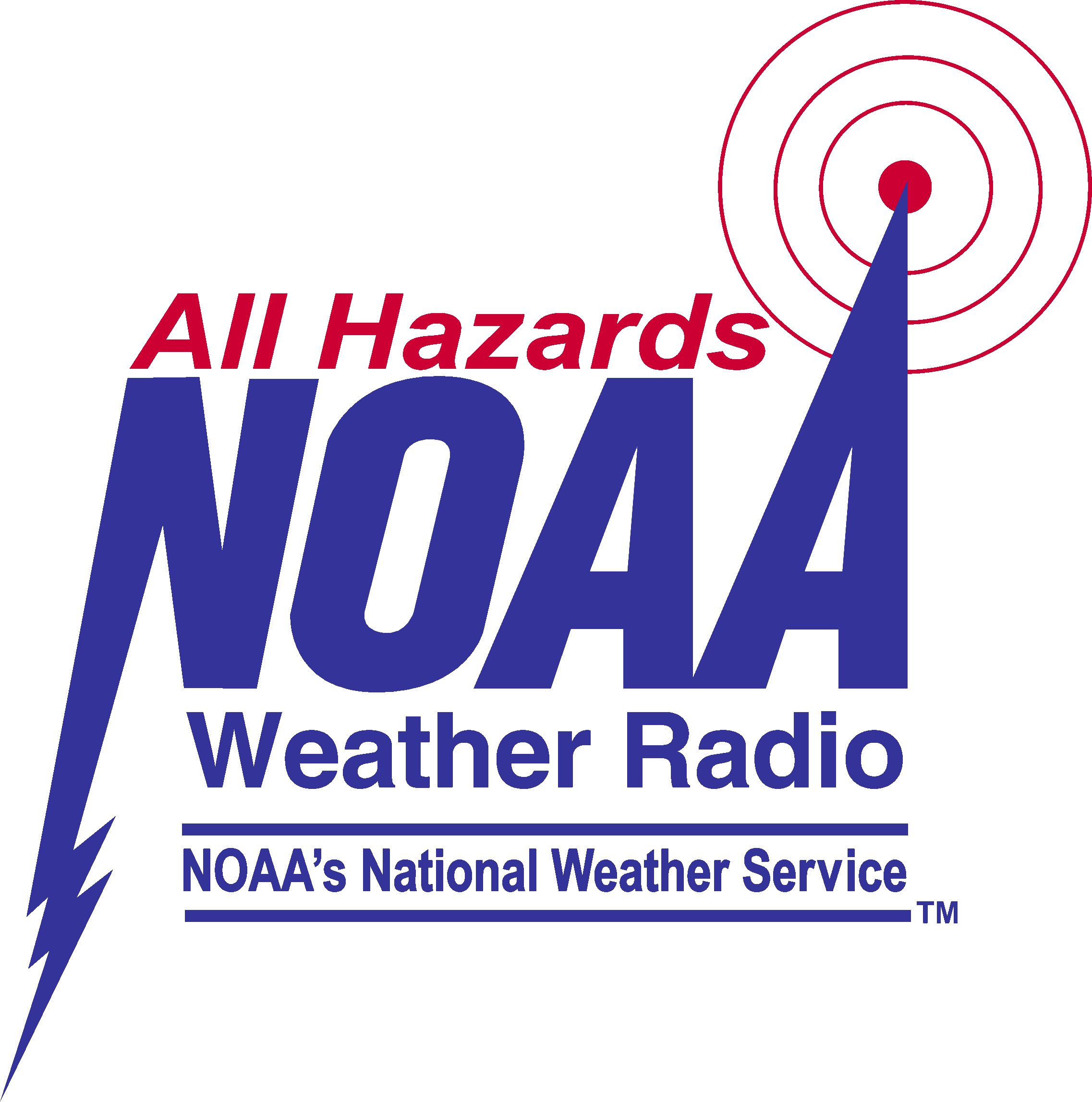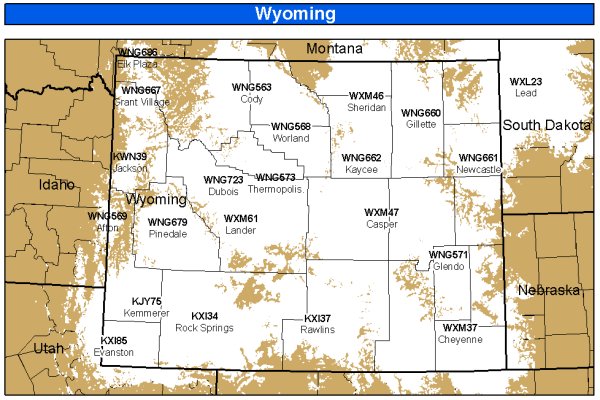|
NOAA Weather Radio All-Hazards is the quickest way to get notification of severe weather that may be affecting you. With changing technologies, there are also many other ways to receive weather information. Here are some of the ways you can keep up to date with the latest weather watches and warnings.
NOAA Weather Radio All-Hazards - Popular Features
|
Tone Alarm: Most warnings and many watch messages are broadcast with a tone alarm. The tone will activate all the weather radio receivers which are equipped to receive it, even if the audio is turned off. This is especially useful for warnings which occur during the night when most people are asleep.
SAME: Specific Area Message Encoding (SAME) allows a user to specify the particular area for which you wish to receive alerts. This minimizes the number of "false alarms" for events which might not be impacting your area.
Selectable Alerting of Events: Some receivers allow a user to turn off the alarm for certain events which might not be important to you.
Battery Backup: Since power outages often occur during storms, having a receiver with battery backup can be crucial.
External Antenna Jack: While most receivers come with a whip antenna which can usually be extended out from the unit, a user may need an external antenna to get a good reception. Some receivers come with an external antenna jack (normally in the back of the unit) which will allow a user to connect to a larger antenna (indoors or outdoors).
Strobe Light: A strobe light accessory provides a visual alert. It's ideal for the hearing-impaired and for use in noisy production environments like metal working facilities to alert personnel of a warning.
|

 |
Other Sources
Internet: The National Weather Service's webpage at https://weather.gov allows you a fast and easy look at where the hazards are occurring for the current day. To find out information for your local area, just click on the map in your general area.
Broadcast TV and Radio Stations: Most local radio and television stations across the state automatically receive hazardous watches and warnings and help disseminate that information over the air. They have local knowledge and want to be able to provide their viewers and listeners with the best information they can.
Wireless / Cell Phone technologies: Many cell phone providers are including an option of getting warnings on your cell phone through text messaging or other means. Check with your provider to see if they offer a service like this. There are also some NWS programs that allow you to get alerts on your mobile device. For more information see: https://www.srh.noaa.gov/cte.htm
Weather Radio Sites Across The Region
Areas displayed in white indicate the best signal coverage.

Surrounding States Coverage Maps: Colorado | Utah | Idaho | Montana | South Dakota | Nebraska
All Frequencies in MHz
Wyoming
Afton
Casper
Cheyenne
Cody
Dubois
Evanston
Gillette
Glendo
Grant Village
Jackson
Kaycee
Kemmerer
Lander
Mammoth
Newcastle
Pinedale
Rawlins
Rock Springs
Sheridan
Thermopolis
Worland |
162.475
162.400
162.550
162.400
162.450
162.450
162.500
162.450
162.450
162.525
162.550
162.525
162.475
162.425
162.475
162.500
162.425
162.550
162.475
162.500
162.525 |
Montana
Baker
Belgian Hill
Billings
Bozeman
Broadus
Browning
Butte
Circle
Dillon
Forsyth
Glasgow
Glendive
Glentana
Great Falls
Hardin
Havre
Helena
Jordan
Kalispell
Lewistown
Livingston
Malta
Miles City
Missoula
Plentywood
Poplar
Ryegate
Scobey
Winnett |
162.550
162.500
162.550
162.500
162.425
162.525
162.550
162.550
162.475
162.525
162.400
162.475
162.525
162.550
162.450
162.400
162.400
162.500
162.550
162.500
162.525
162.475
162.400
162.400
162.475
162.425
162.450
162.450
162.400 |
Colorado
Ft Collins
Greeley
Sterling
Mead/Longmont
Grand Junction
Idaho
Bonners Ferry
Driggs
Pocatello
Salmon
Relay Ridge
South Dakota
Lead
Hot Springs
Nebraska
Chadron
Scottsbluff
Utah
Bear Lake
Logan
|
162.450
162.400
162.400
162.475
162.550
162.500
162.450
162.550
162.500
162.450
162.525
162.425
162.525
162.475
162.500
162.400
|
Additional Information
NWS Weather Radio Home Page
StormReady
Bridger-Teton National Forest Avalanche Center
Snow Avalanche Guidance for Western Wyoming
|
